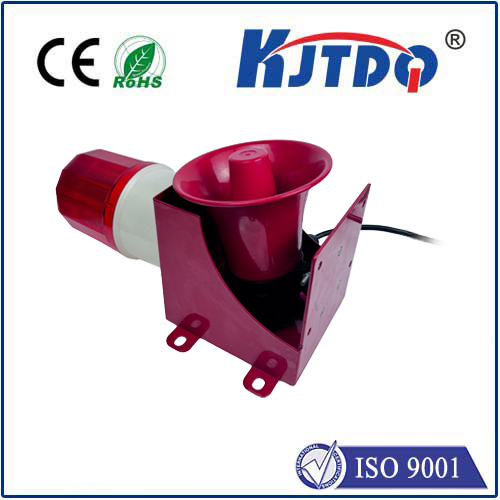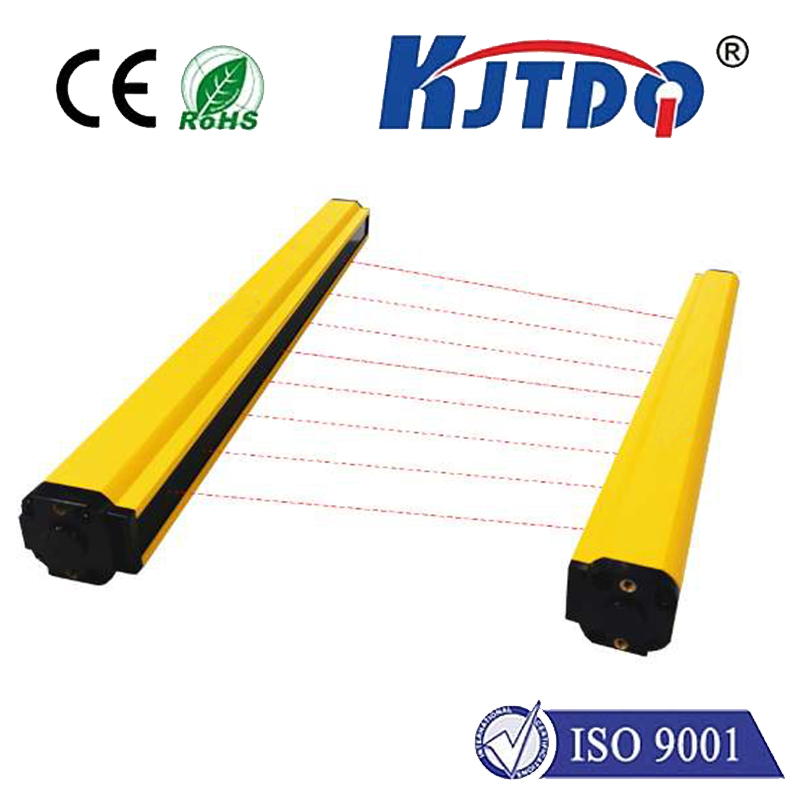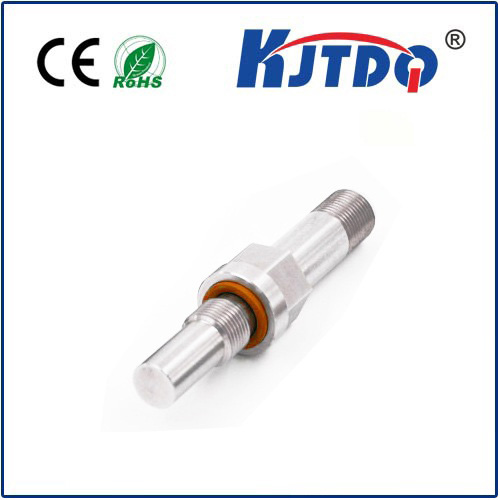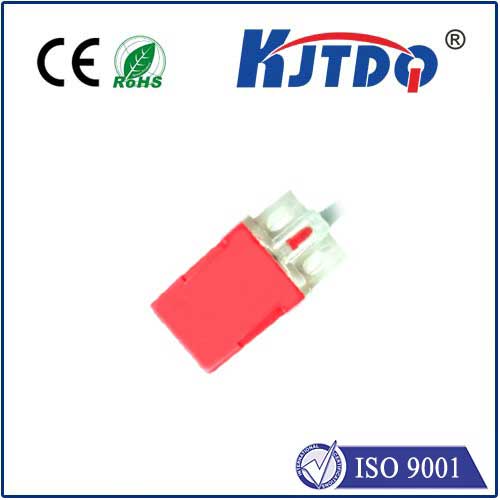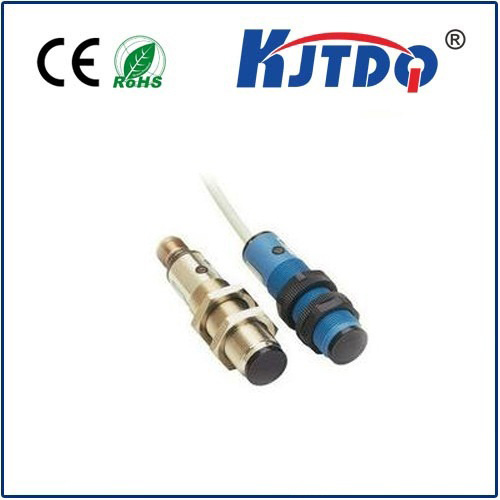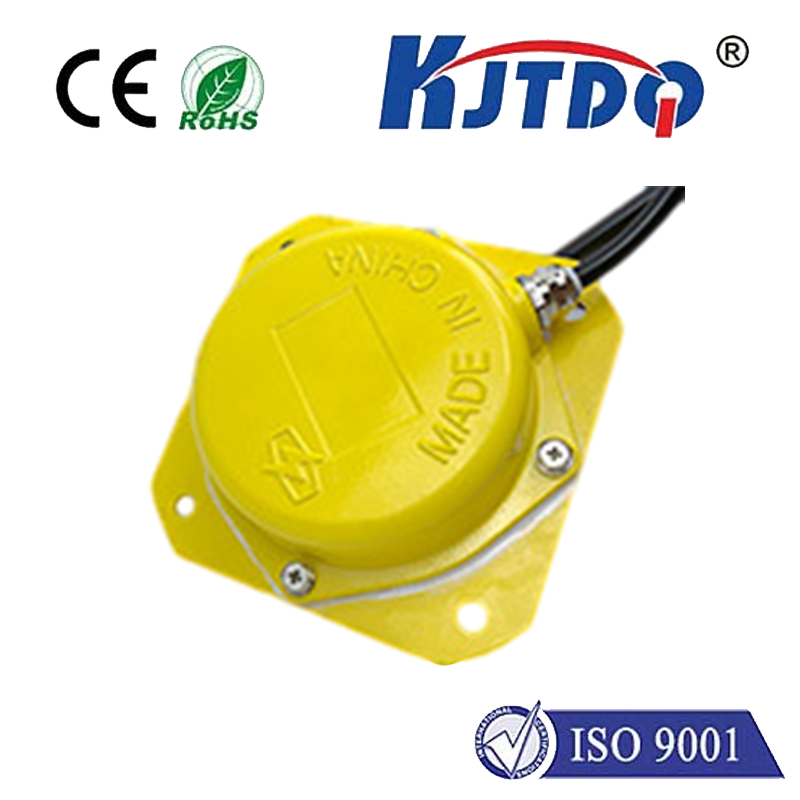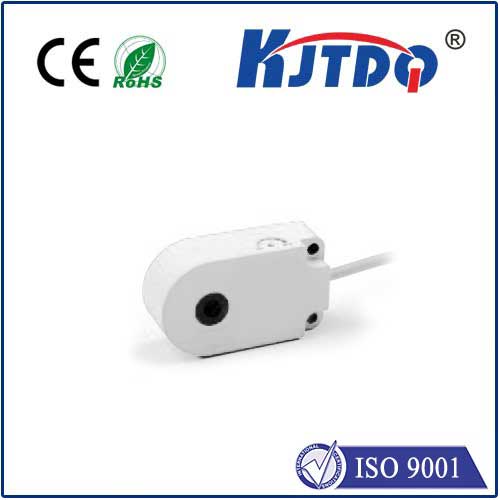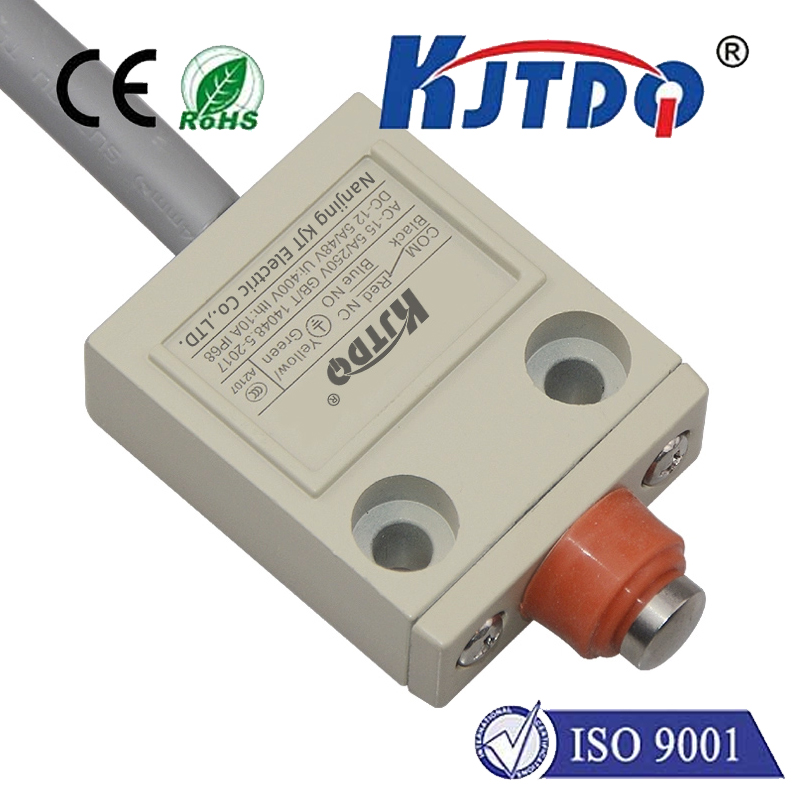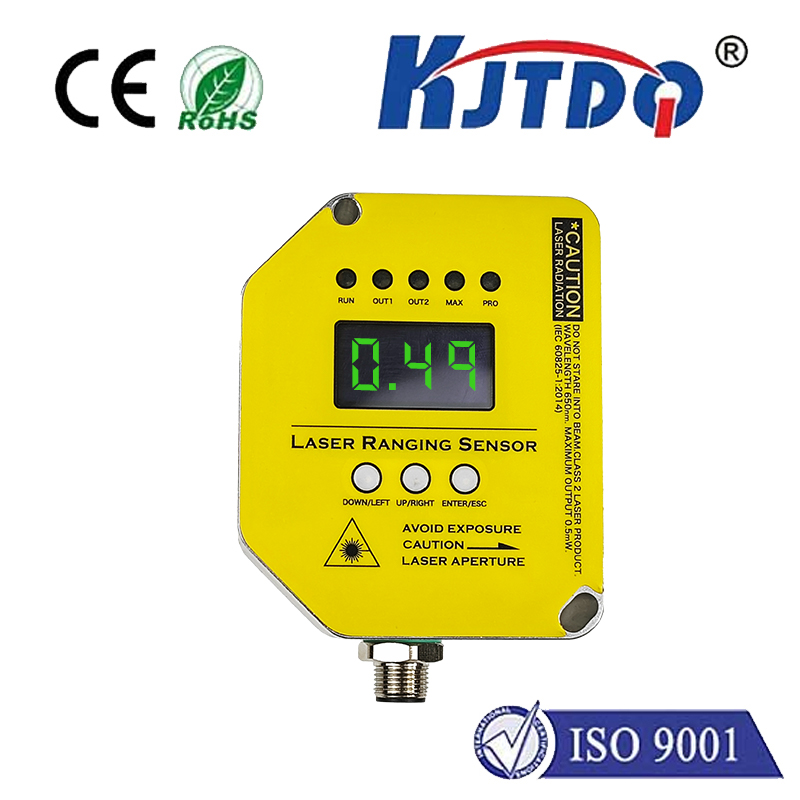
check

check

check

check
Pnp type proximity sensor is a widely used device that detects the presence of an object or entity. It works on the principle of electromagnetic induction, where a magnetic field is generated around the sensor when it comes in contact with an object. This field changes the electrical conductivity of the sensor's internal circuits, leading to a change in its output signal. In this article, we will explore the applications and features of Pnp type proximity sensors and how they are used in various industries.
One of the primary uses of Pnp type proximity sensors is in security systems. They are commonly used to trigger alarms or lock doors when an intruder approaches them. The sensor can be placed near doors, windows, and other entry points to alert the security system in case of any unauthorized activity. Additionally, some proximity sensors are equipped with haptic feedback technology, which emits a small vibration or sound when an object is detected, providing an additional layer of security.
Another application of Pnp type proximity sensors is in industrial automation. They are used to detect the presence of workers in hazardous environments, such as chemical plants or nuclear power plants. The sensors can be installed near hazardous areas to alert personnel and prevent accidents. They can also be used to monitor the position and movement of equipment, helping operators maintain safety standards and improve efficiency.
In automotive industry, Pnp type proximity sensors are employed for various purposes. For instance, they are used to detect objects behind the vehicle, such as pedestrians or other cars, allowing the driver to avoid collisions. They can also be used to activate parking assist systems, guiding the car into a specific parking spot. Moreover, some newer models of vehicles come equipped with advanced safety features that use Pnp type proximity sensors, such as adaptive cruise control and lane departure warning systems.
Pnp type proximity sensors have numerous other applications in consumer electronics, medical devices, and aerospace industries. They are highly versatile devices that provide accurate and reliable detection capabilities in a wide range of scenarios. With their ability to detect the presence of an object or entity without physical contact, they offer significant benefits over traditional sensing technologies. As technology continues to advance, it is likely that we will see even more sophisticated applications of Pnp type proximity sensors in the future.
